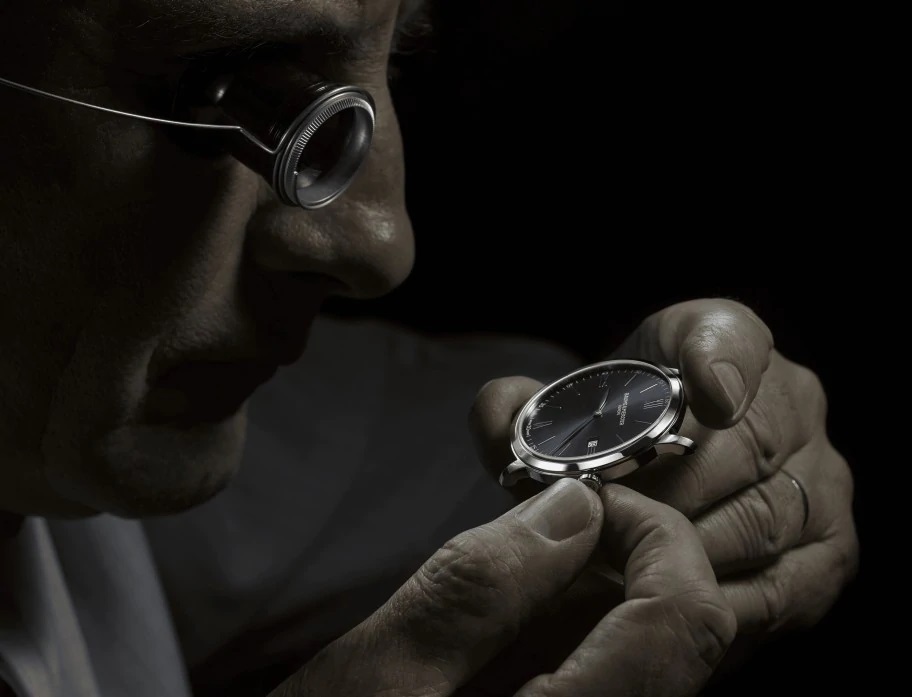Like the secondary market which has grown exponentially in recent years, watch repair has also seen significant levels of growth, something The Swico Group can vouch for.
Despite its growth though, investment in innovative technology in this particular market segment has not been as lucrative as it could have been.
It’s worthwhile noting that this trend follows the watch industry in general with a traditional market outlook which seems to be of a view that if it isn’t broken, why fix it? However, for The Swico Group and its watch repair business, in recent months since the pandemic, it has taken advantage of the adoption of tech among wider communities and invested in implementing that innovation efficiently.
Speaking to WatchPro, Paul Lindsay who heads up business, operations and technology strategy for SAV interests, explains just how that investment has allowed the business to grow.
He tells Alex Douglas: “The Swico Group has been trading for over 45 years in the watch business and is split across watch distribution and SAV. Our watch servicing business is an area of significant growth. It is here where we have invested heavily in innovative technology platforms to drive efficiencies in our business process and provide great support for our customers.
On the impact that has had, he adds: “Our technology allows us to operate over multiple sites and support remote working. Both our trade and direct consumers customers can log and progress their repairs online 24/7.”
The business is authorised for repairs by a number of brands operating in the upper echelons of watchmaking around the world, meaning investment to ensure the highest level of watch repair is vital in securing this work.
The likes of Rolex, Omega, Longines, Baume & Mercier, Ebel, Raymond Weil, TW Steel Maserati, Daniel Wellington, as well as Movado Group brands.
Lindsay continues: “By continually investing in effective technology, we have created a solid business foundation to further expand our business strategically and tactically over the next few years with interested parties.”
As part of the discussion, Lindsay explains how with a few exceptions, the watch repair industry is generally very fragmented and is not known for its technology innovation.
Given the repair process is a manual one, being able to scale the business efficiently requires the automation of the administration process for both customers and internal staff.
“Watchmakers are difficult to come by so being able to support remote working using technology will assist in supporting scale. Integrated platforms that are able to operate over multi sites also provides rich and effective business performance data by building a comprehensive MIS reporting system,” says Lindsay.
On the point of whether innovation is more necessary now than ever before, the influence of the pandemic in this sense could actually be a positive one. The adoption of new technology has historically been slow but COVID-19 and the measures it came with almost forced people to be more open minded in using such tech, which has therefore had a knock on affect for business.
The impact on business in this country has been overwhelmingly harsh, but the national lockdowns have caused a huge uptick in online activity by consumers which allowed the group to capitalise given its online presence and provide a better level of support to its watch repair customer base.
Discussing on how best to implement and drive this kind of thing, Lindsay says the needs of the customer and making their lives easier is paramount.
He explains: “Focusing on the needs of the customer and making their lives easier is key to driving your innovation projects. For example we have been experimenting with the use of AI within an app to recognise a watch and present its technical details for easy repairs, valuations and upgrades etc.
“Our second generation repairs platform, which we are deploying shortly, will allow us to support such things as pushing repairs status direct to large retailers POS systems, ecommerce white label repair partnerships and international deployment.”
Finally, discussing the impact Brexit has had on business so far, it’s fair to say some are finding it more difficult than others when it comes to managing the new systems and the additional documentation required in doing business.
“One of the negative effects of Brexit for the watch repair industry is the increase paperwork and in some cases tariff increases for sending a repair from the UK back to a manufacturer in the EU. This sometimes can lead to long delays in repairs and increased cost for the consumer,” details Lindsay.
Concluding: “Some brand owners are finding it’s more effective in authorising us to manage warranty and paid repairs in the UK. Our tech platform actually allows them to white label their repairs to us by completely integrating their website into a customised brand repair service for their complete customer base across the United Kingdom.”



